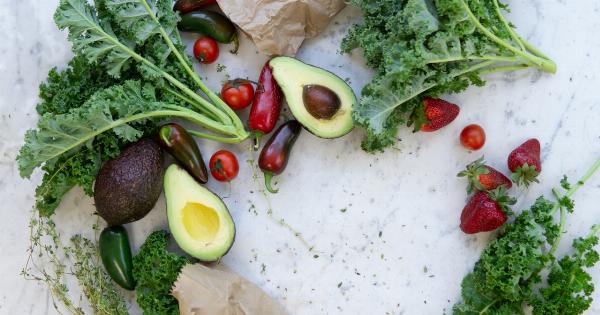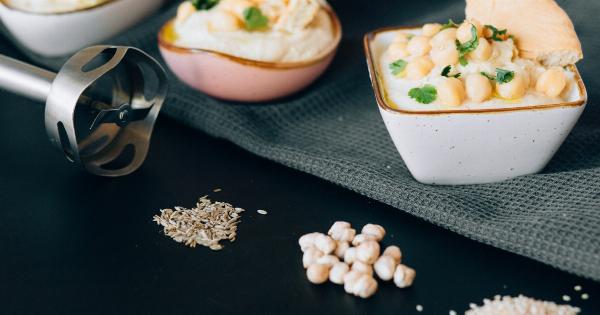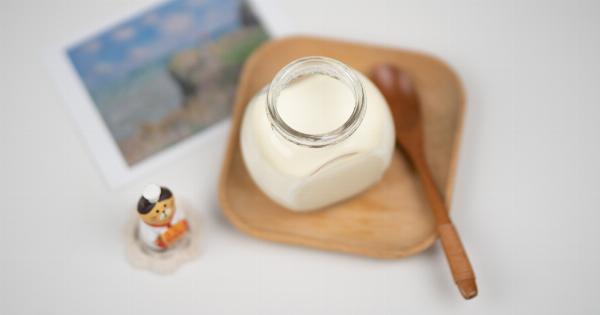Salads are a delicious and nutritious way to incorporate vegetables into our diets. One key element that can make or break a salad is the dressing.
While there are numerous options for salad dressings, the amount of oil used plays a significant role in achieving the perfect balance of flavors. In this article, we will explore the science behind getting the oil amount just right for the ultimate salad experience.
The Role of Oil in Salad Dressings
Oil is a crucial component of salad dressings as it not only helps to coat the vegetables but also contributes to the overall flavor and mouthfeel of the salad. It acts as a carrier of fat-soluble flavors and adds richness to the dressing.
Additionally, oil helps to improve the absorption of fat-soluble vitamins present in vegetables, making it an essential part of a healthy salad.
Finding the Perfect Oil-to-Acid Ratio
One of the challenges in creating a well-balanced salad dressing is achieving the right ratio of oil to acid.
The acid component, commonly in the form of vinegar or citrus juice, provides a tangy and refreshing flavor to the dressing, while the oil adds a smooth and silky texture. Striking the right balance between the two is crucial for a harmonious flavor profile.
Emulsification: The Key to a Stable Dressing
Emulsification is the process of combining two immiscible substances, such as oil and vinegar, into a stable mixture. Achieving a properly emulsified dressing is important to prevent separation and ensure even distribution of flavors.
In salad dressings, emulsification is typically achieved by whisking or shaking the ingredients vigorously, which creates temporary, microscopic droplets of oil dispersed in the vinegar or other acidic components.
The Importance of Tasting and Adjusting
Creating a well-balanced salad dressing requires repeated tasting and adjustments. The perceived intensity of flavors can vary greatly among individuals, so it is essential to taste the dressing as you go and make any necessary adjustments.
If the dressing tastes too tangy, adding more oil can help balance the acidity. On the other hand, if the dressing lacks zest, a touch of additional acid may be needed.
Consider the Salad Ingredients
When determining the ideal amount of oil for a salad dressing, it is crucial to consider the ingredients going into the salad.
Different vegetables have varying levels of moisture content and texture, which directly impact how the dressing adheres to the salad. Leafy greens like lettuce may require less oil, while heartier vegetables like roasted beets or avocado can benefit from a more generous amount.
The Health Aspect: Moderation is Key
While oil is an essential component of salad dressings, it is important to exercise moderation. Oil is high in calories and fat, so it is advisable to use it sparingly, especially for those watching their caloric intake.
Opting for healthier oil choices, such as olive or avocado oil, can provide additional health benefits due to their unsaturated fat content.
Experimenting with Variations
Salad dressings offer a realm of possibilities for experimentation. By altering the oil-to-acid ratio or incorporating additional ingredients such as herbs, spices, or even honey, you can create your own unique dressings to complement various salads.
Don’t be afraid to explore and find the combination that suits your taste preferences.
Storage and Shelf Life
Proper storage of homemade salad dressings is crucial to maintain their quality and prolong their shelf life. Due to the presence of perishable ingredients like oil and acid, dressings should be stored in airtight containers in the refrigerator.
It is advisable to consume the dressing within a week to ensure freshness and avoid any potential foodborne illnesses.
Conclusion
Getting the oil amount just right in our salad dressings is a matter of balance, experimentation, and personal preference.
By understanding the role of oil, experimenting with variations, and adjusting based on taste, we can achieve the perfect harmony of flavors in our salads. So go ahead, have fun with your salad dressings, and enjoy the mouthwatering results!.




























